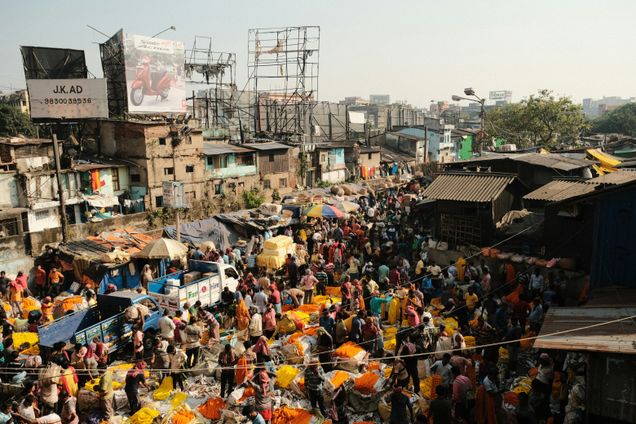Population and the Environment

Photo by Austin Curtis on Unsplash
by Jonathan M. Harris, Brian Roach and Anne-Marie Codur
This module, based on Chapter 15 of Harris and Roach’s textbook, Environmental and Natural Resource Economics: A Contemporary Approach, discusses the economics and environmental impacts of global population, including current population trends and projections. Population projections for the second half of the twenty-first century range from around 9 to 11 billion. The module discusses how global population growth patterns have changed, with some countries moving to a stage of declining population while others, especially in Africa, continue rapid growth. The economic analysis of population emphasizes the effect of factors such as technological progress, social equity or inequity, dependency ratios, resource limits, and environmental impacts in determining the relationship between population and economic development. An ecological perspective on population implies more stringent limits to the population carrying capacity of regional and global ecosystems. Effective population policy measures discussed include improved nutrition and health care, greater social equity, women’s education, and availability of contraception.
Download Module Download PowerPoint file with Figures and Tables